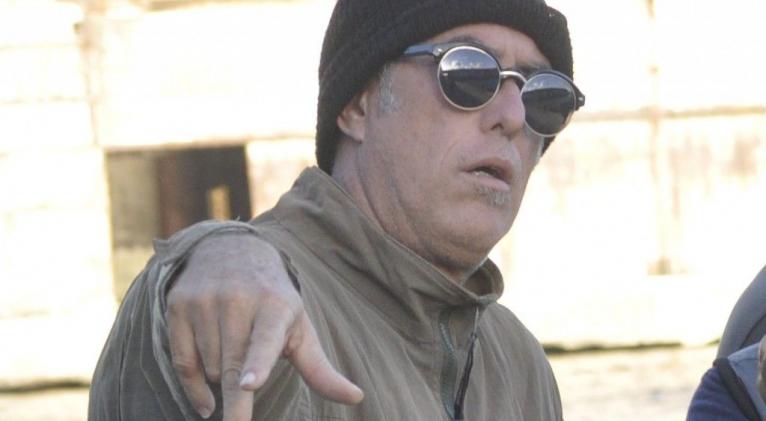Bailando con Margot: Film noir, Havana style?
especiales

In addition to his successful career as a music video director (working with renowned artists such as Pablo Milanés, Omara Portuondo, and groups like Buena Fé, Los Van Van, Compay Segundo, Septeto Santiaguero and Gente de Zona), Santana has also produced various documentaries (Robinson. Una crónica con Carlos Varela and A la sombra de un león. Músicos cubanos le cantan a Joaquín Sabina) and short fiction films, including, La Forastera, in association with the Gibaras production company, released in 2012.
The Cuban director is now presenting his first feature length film which pays heartfelt tribute to the history of cinema from the outset, while traversing a variety of genres.
Although the film is evidently neo-noir it also bridges other cinematic formats such as melodrama, musicals and sports films, among others. From film noir it takes confessional first person narration, a private detective (played by actor Erdwin Fernández, not unlike the character of Sam Spade embodied by Humphrey Bogart), the world of boxing, and not forgetting the enigmatic and seductive femme fatale, in this case Margot de Zárate, played by Mirtha Ibarra (whose solid film career includes Hasta cierto punto, Adorables mentiras, Fresa y Chocolate and El cuerno de la abundancia) in a role shared with the young Yenisse Soria (theatre trained).
The picture starts in Havana, 1958, in the home of affluent widow Margot de Zárate, mostly shot in the National Decorative Arts Museums, whose valuable painting La niña de las cañas, by Leopoldo Romañach (Cuba, 1862–1951) has been stolen. The arrival of a detective sets in motion a series of flashbacks, from the years 1918, 1928 and 1933, which recount various important events in Margot’s life.
In addition to the combination of various genres, the director’s handling of time is of great importance, with Santana and cinematographer Angel Alderete turning to the use of color to differentiate different periods, creating a specific aesthetic for every era. In order to create these reconstructions, the director also sought the help of Víctor López and his Remachestudio to generate certain special effects.
According to Santana “the most important thing was that they fit organically into the film, and successfully combine the digital images with Alderete’s photography.” Besides the two aforementioned actors, the cast also includes Max Álvarez, Niu Ventura, Jorge Enrique Caballero, Maye Barquinero, Rolando Chiong and Camila Arteche, among others.
Music also plays a leading role in the film, with a soundtrack by Rembert Egües which moves across a range of genres, including danzón, bolero, mambo, fox trot and jazz. The 105-minute long film is divided, literally and artistically speaking, into seven parts narrated by Margot in both the past and present.
After speaking with representatives of specialized media outlets in Havana's Chaplin Cinema prior to the national premiere, Arturo Santana, Mirtha Ibarra, Erdwin Fernández and members of the technical team offered a general press conference at the Fresa y Chocolate Cultural Center.
During the encounter, the director spoke about the production process and described how the script had developed since the first version, written in 1996, while the actors explained how they prepared for their roles. Asked exactly what genre the film falls into, Santa playfully stated ”Film noir….Havana style.”













Add new comment